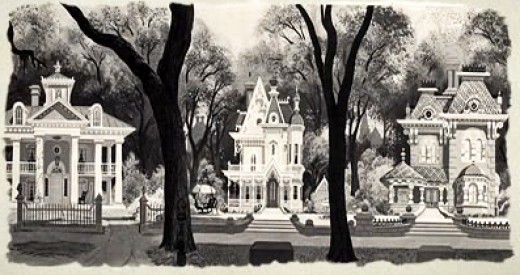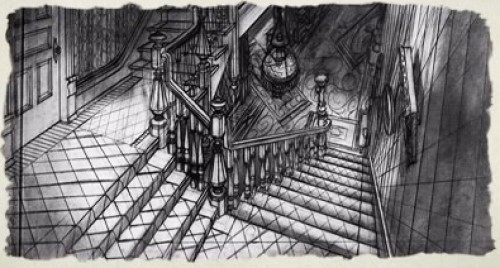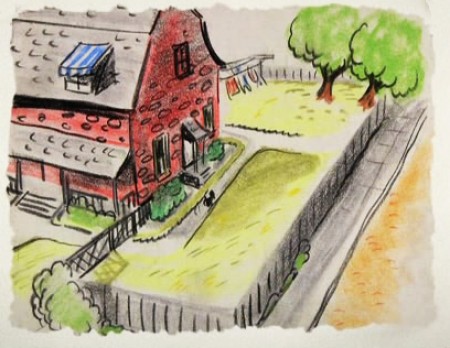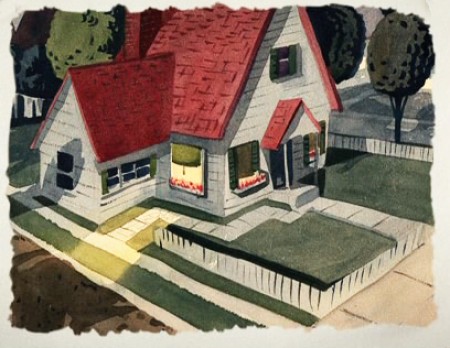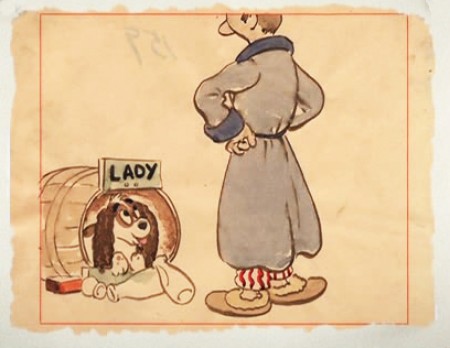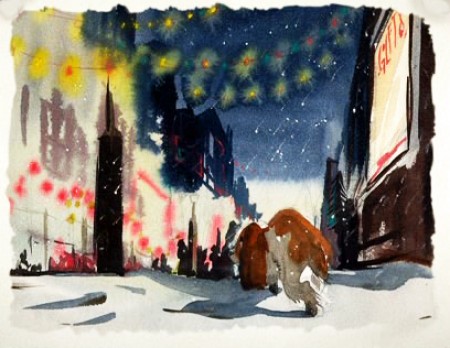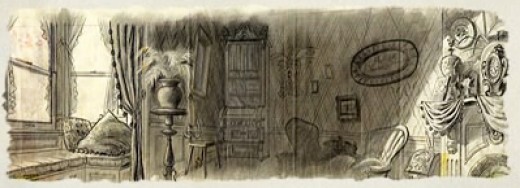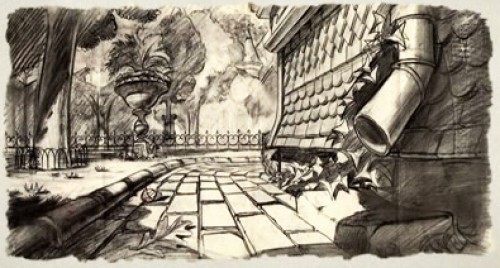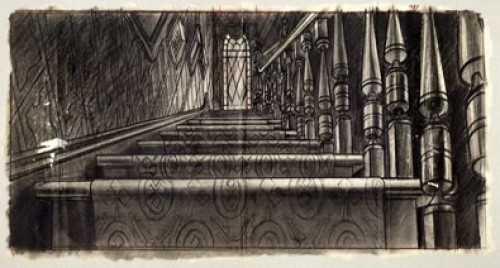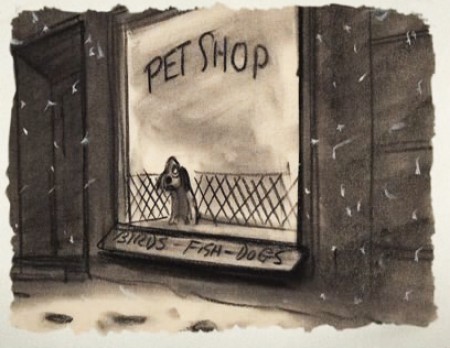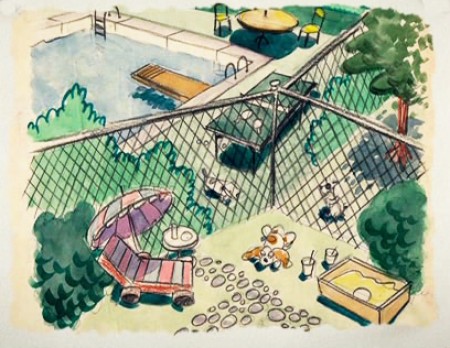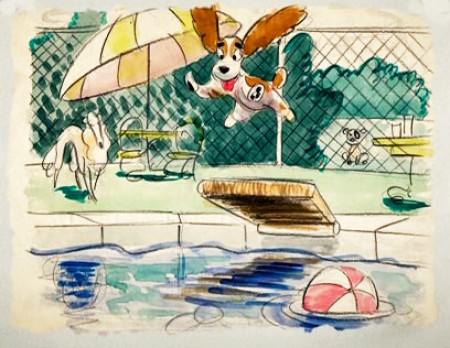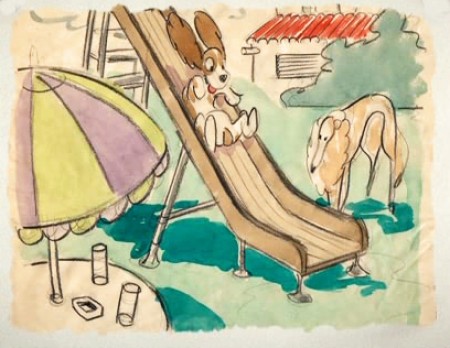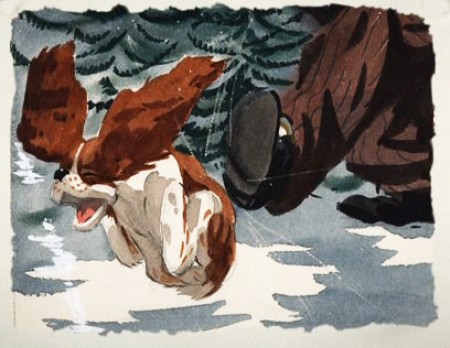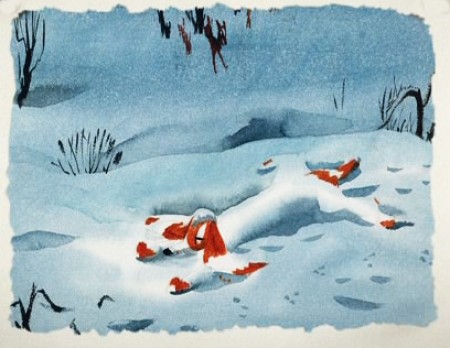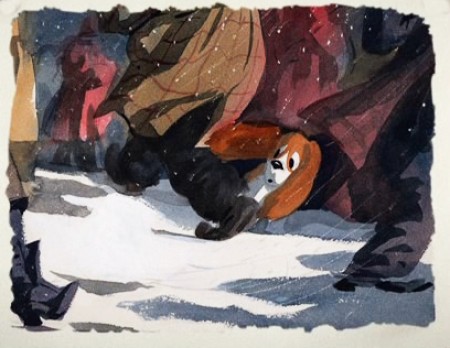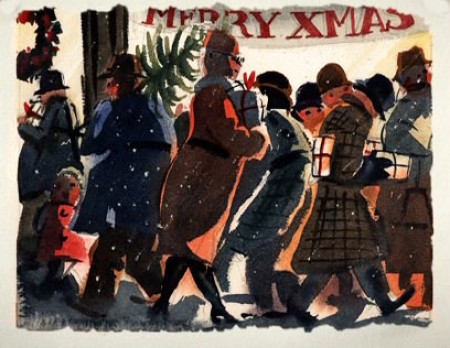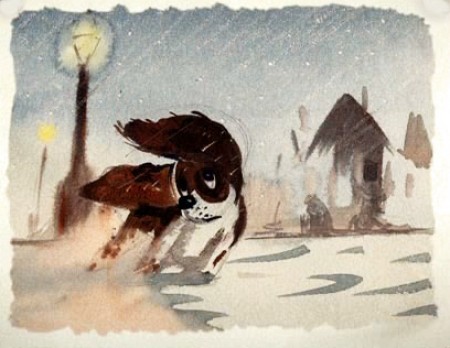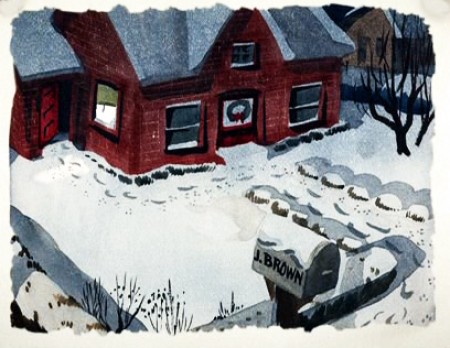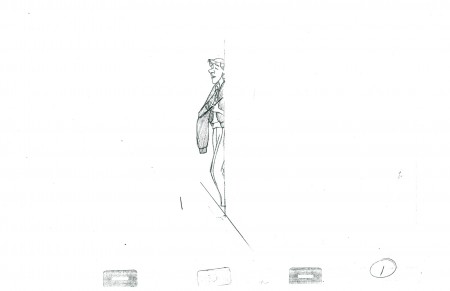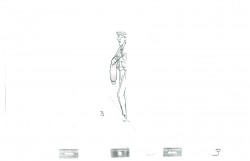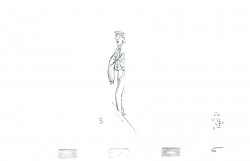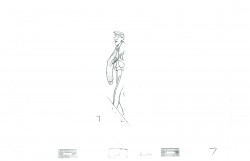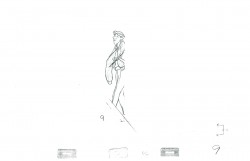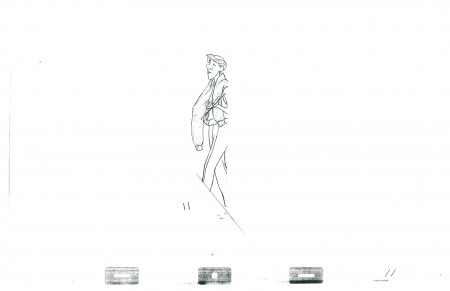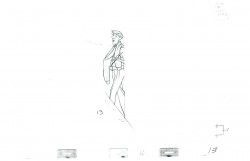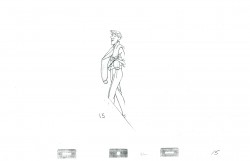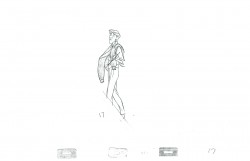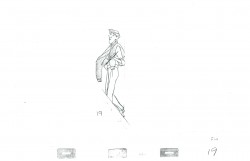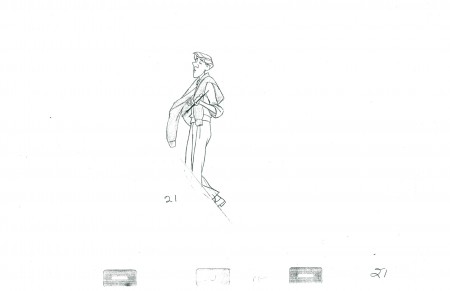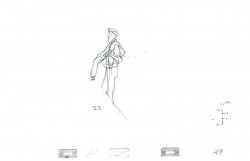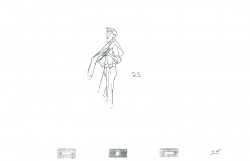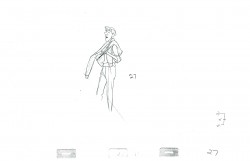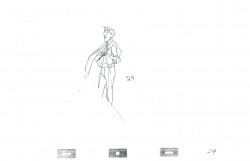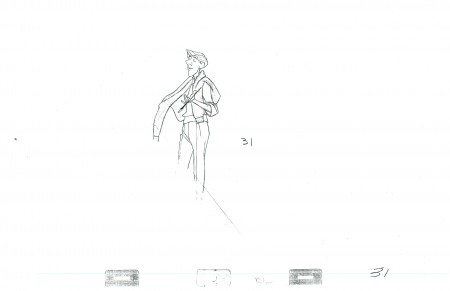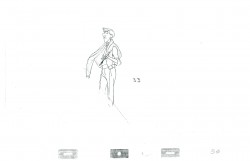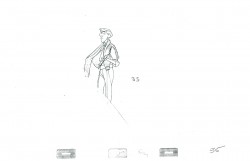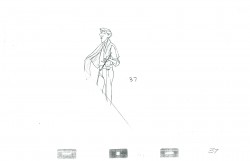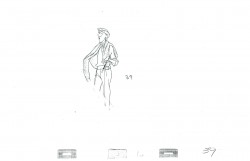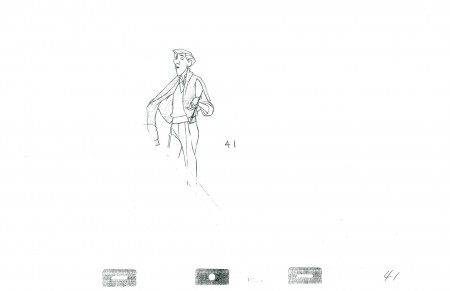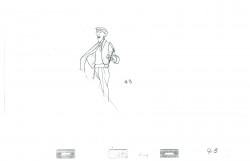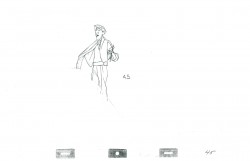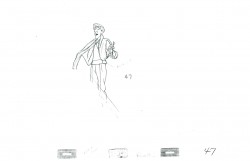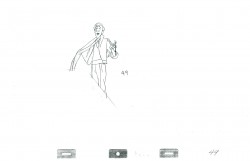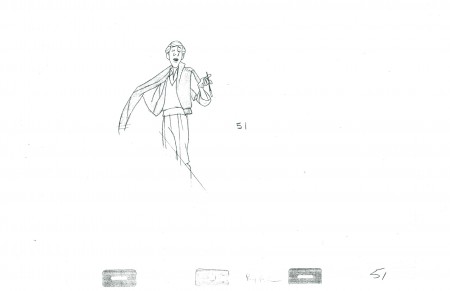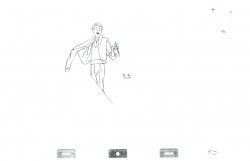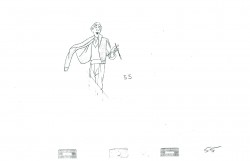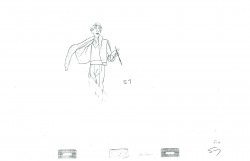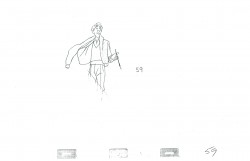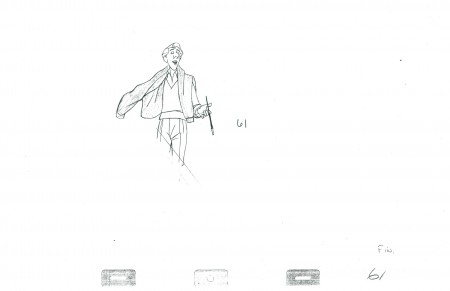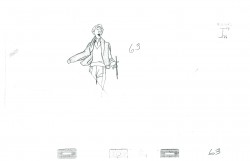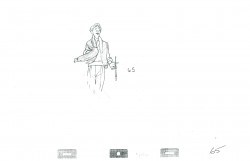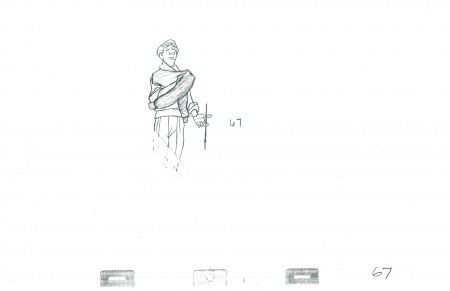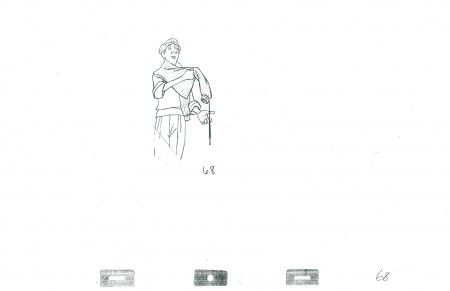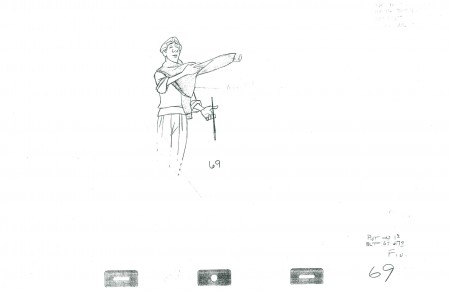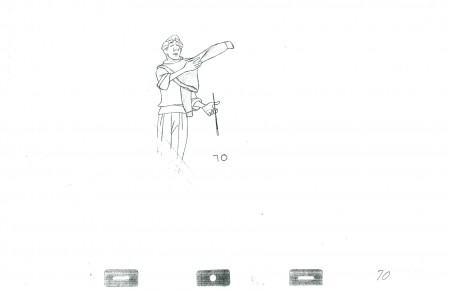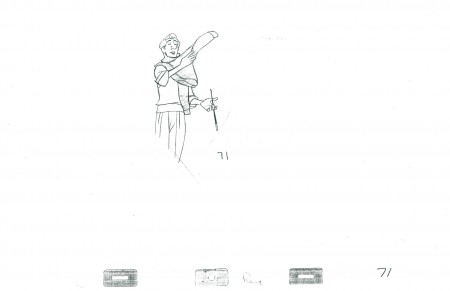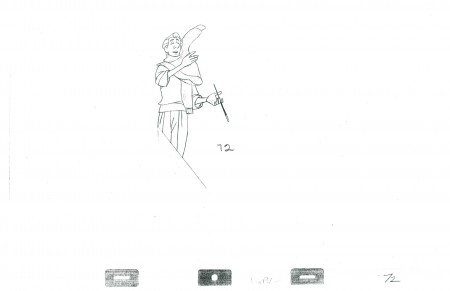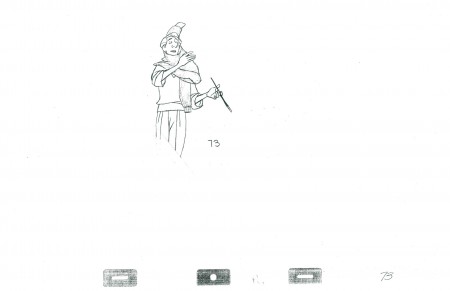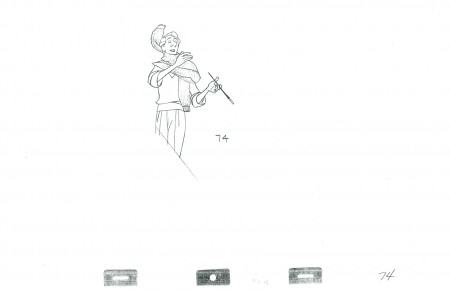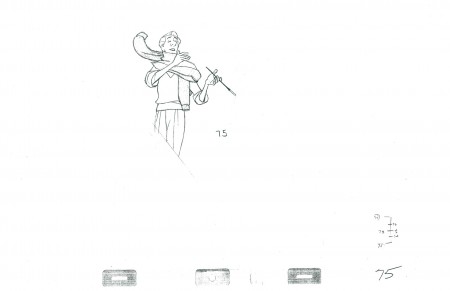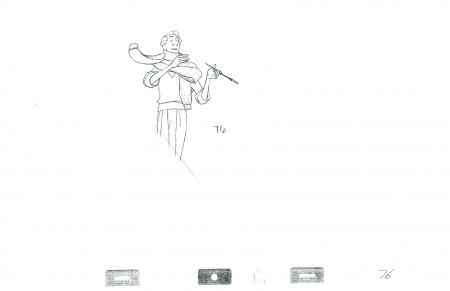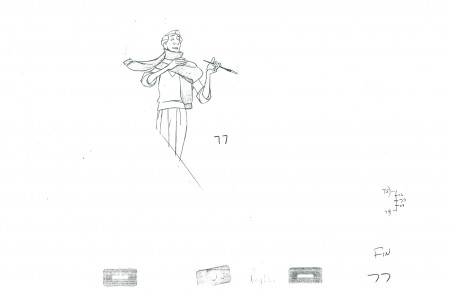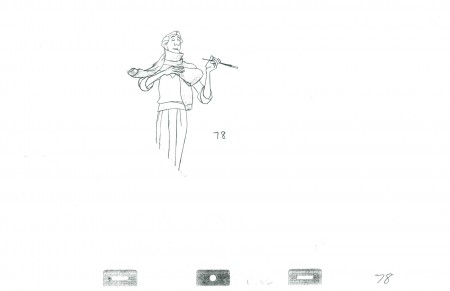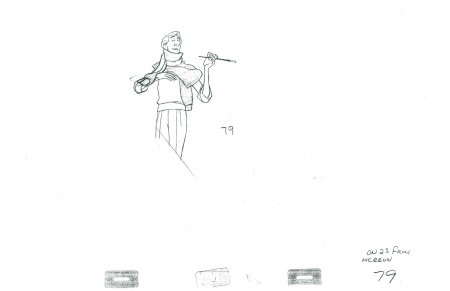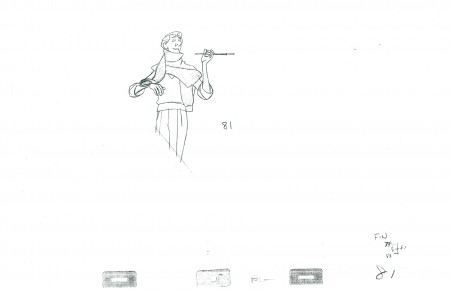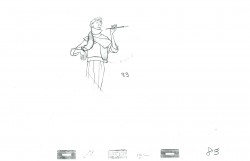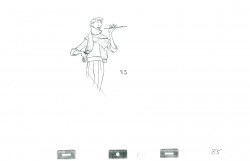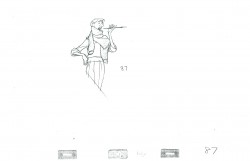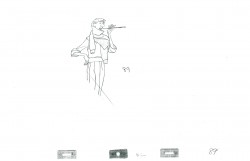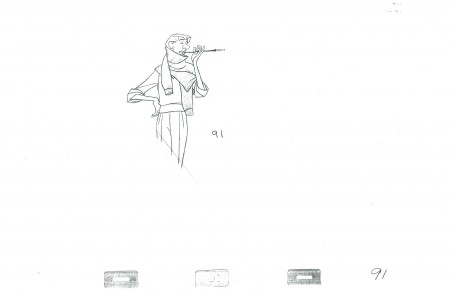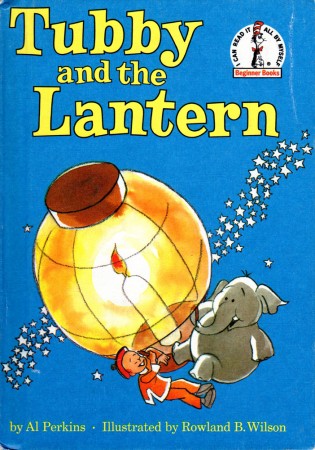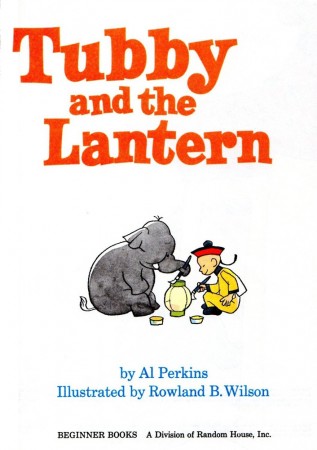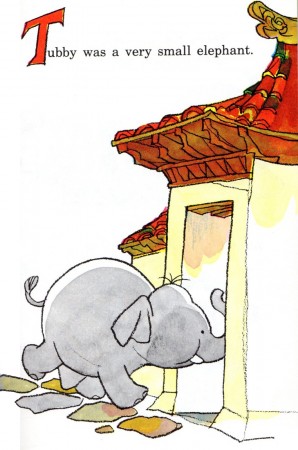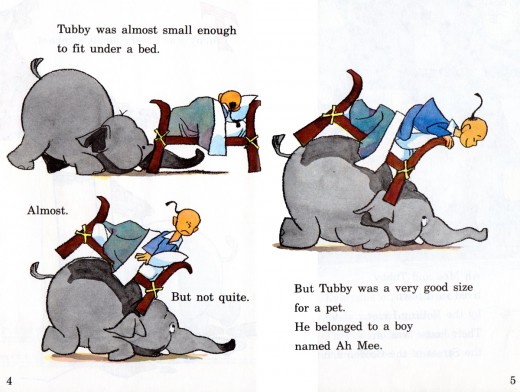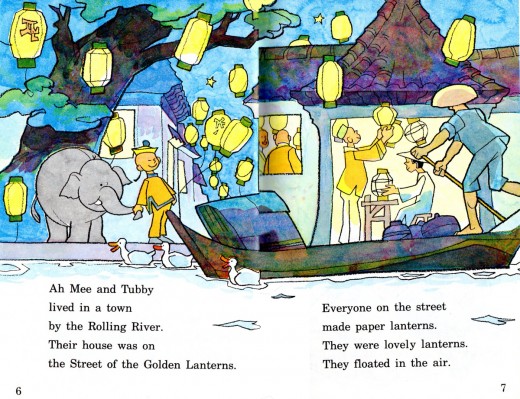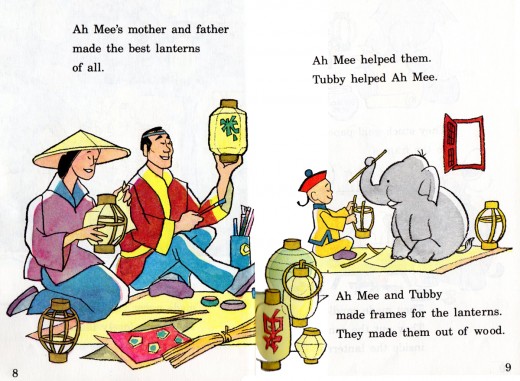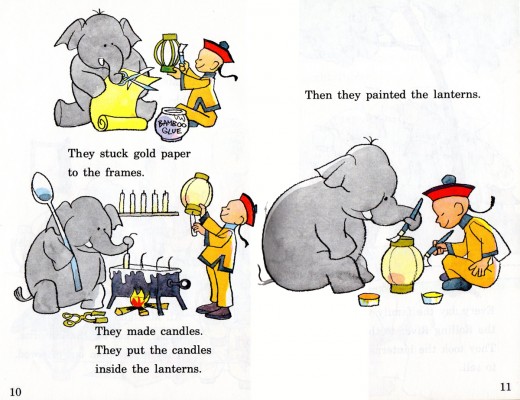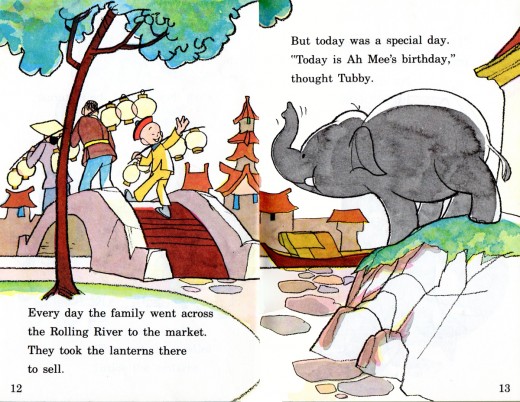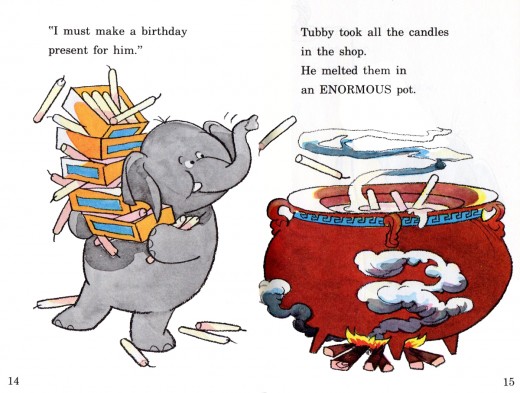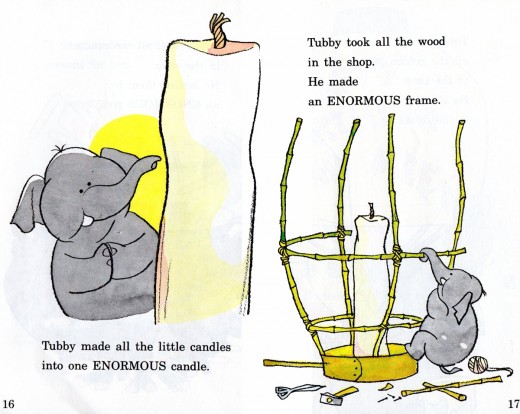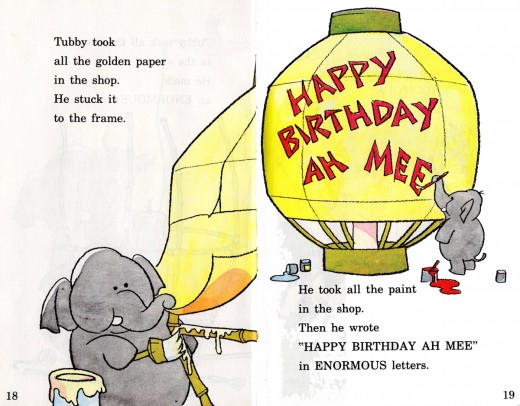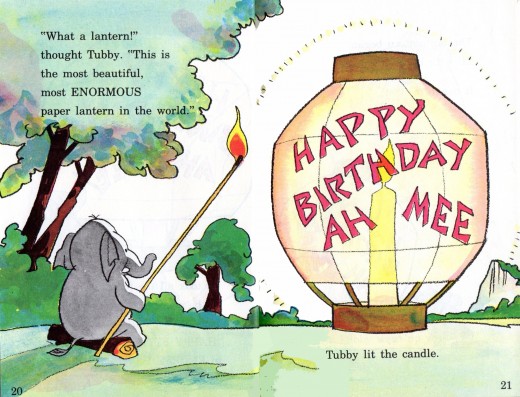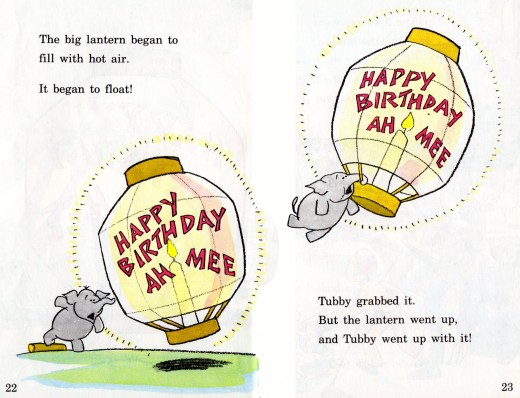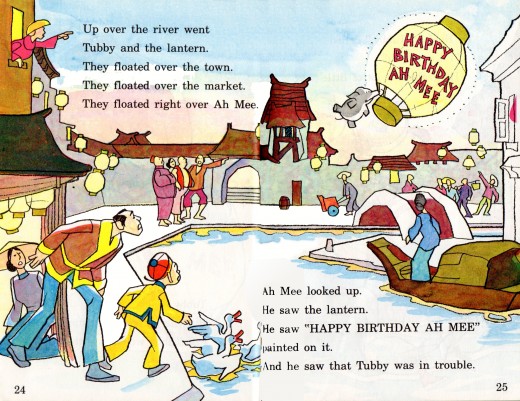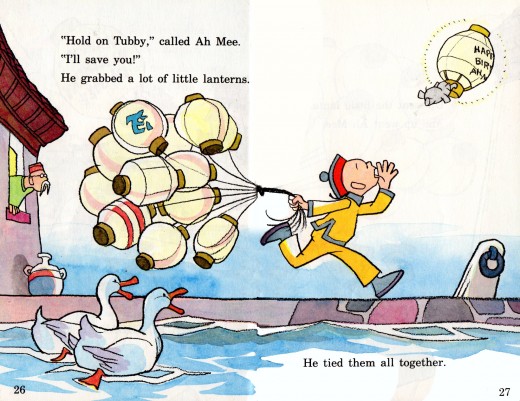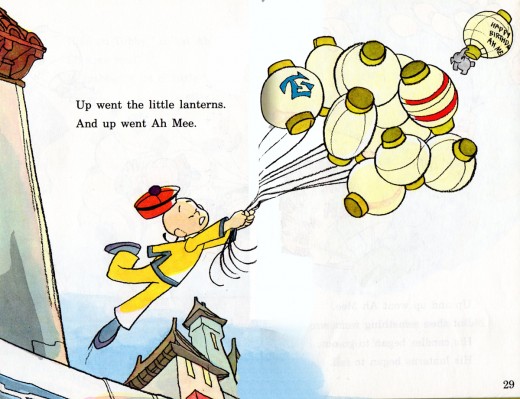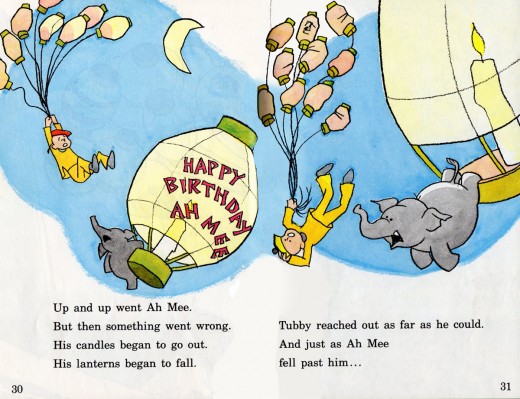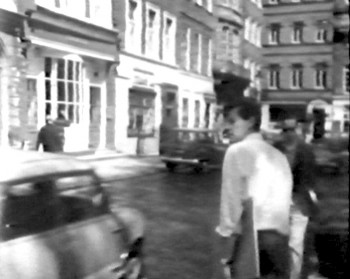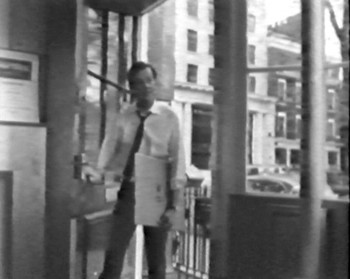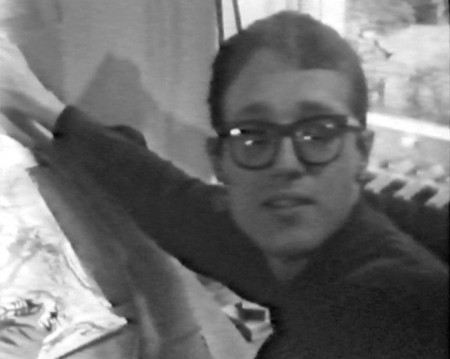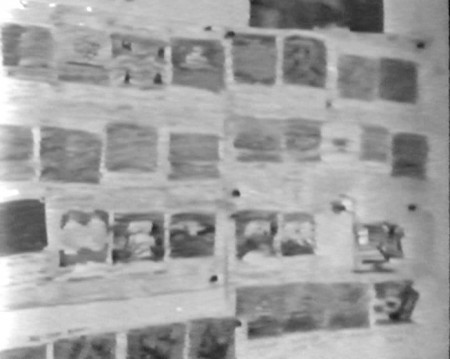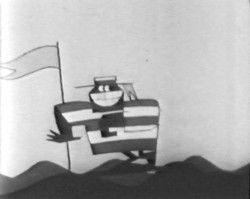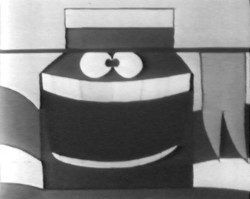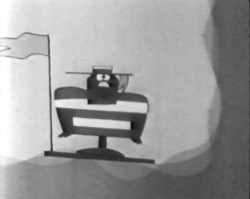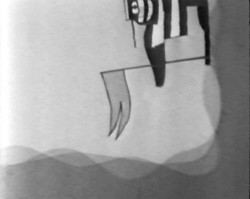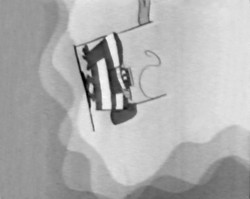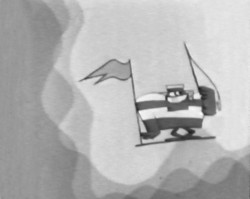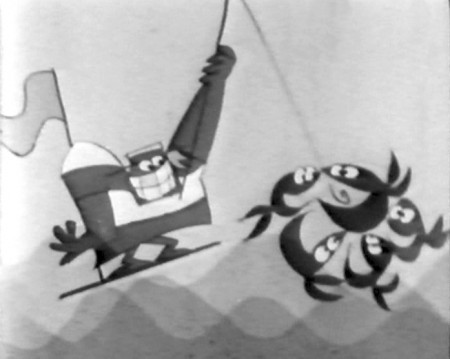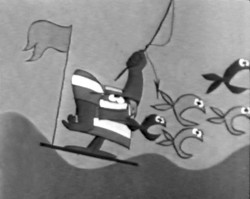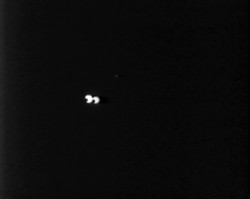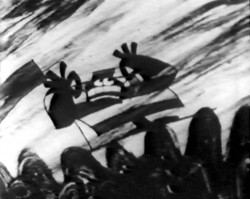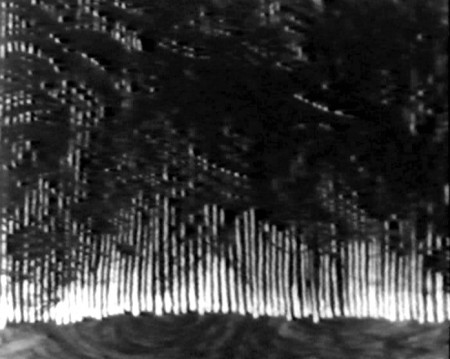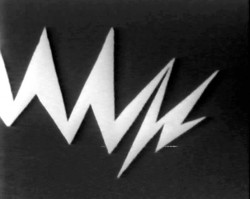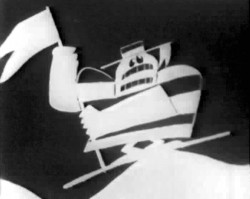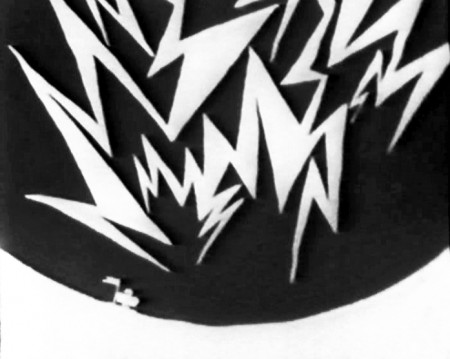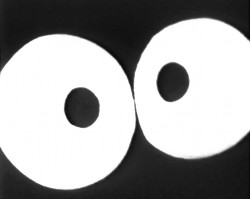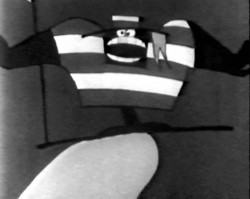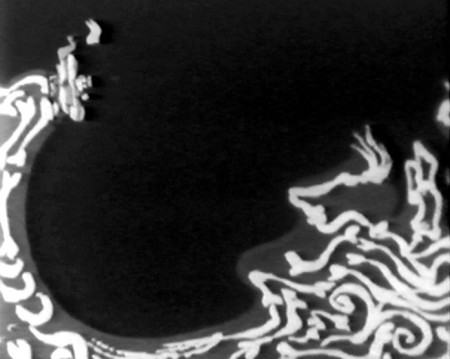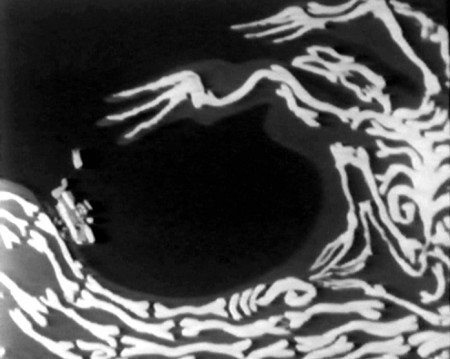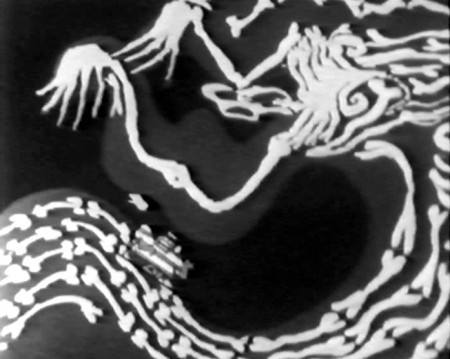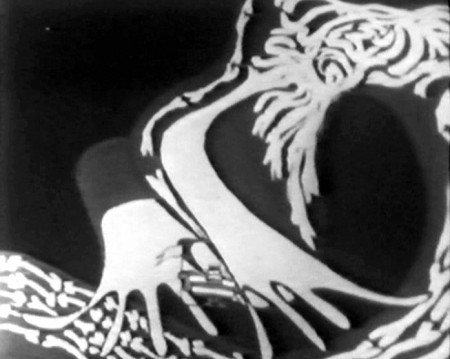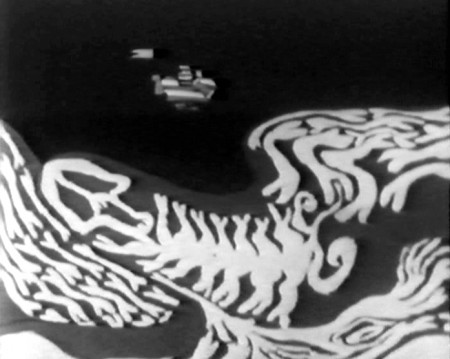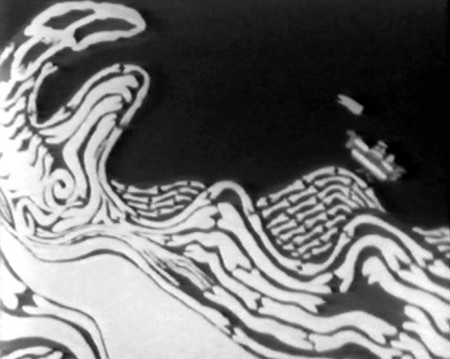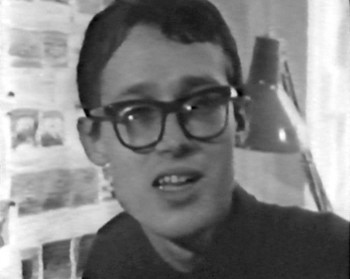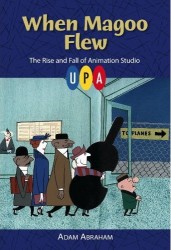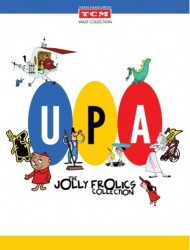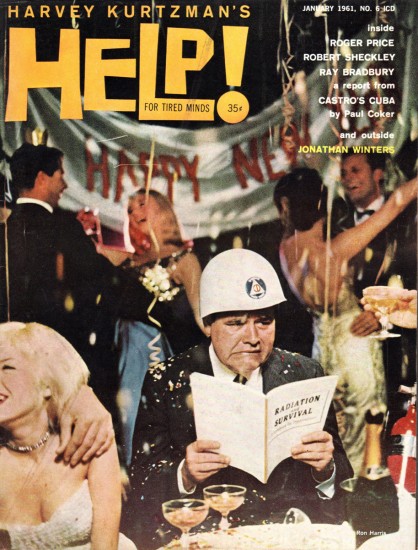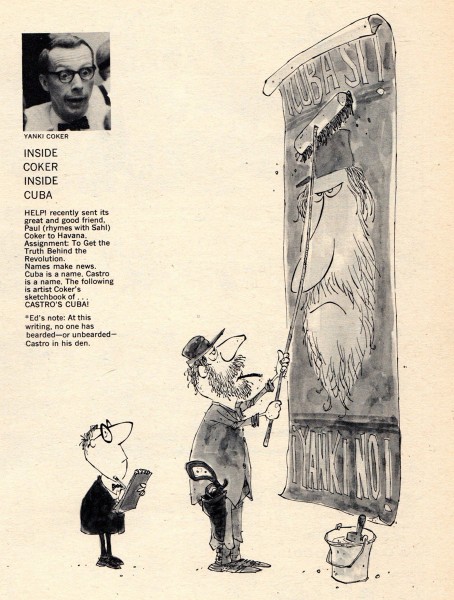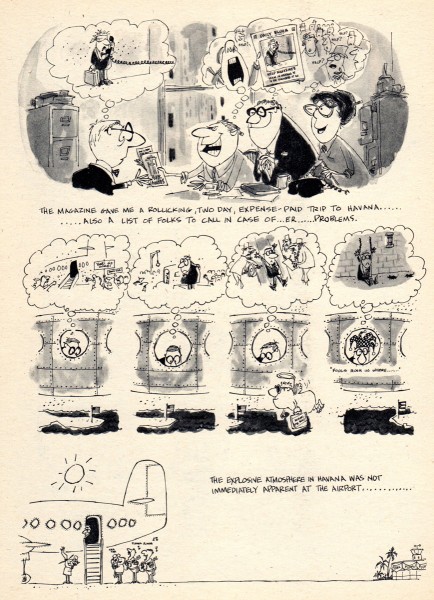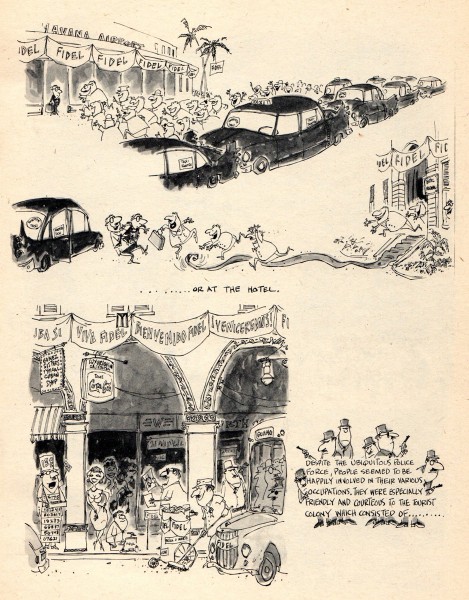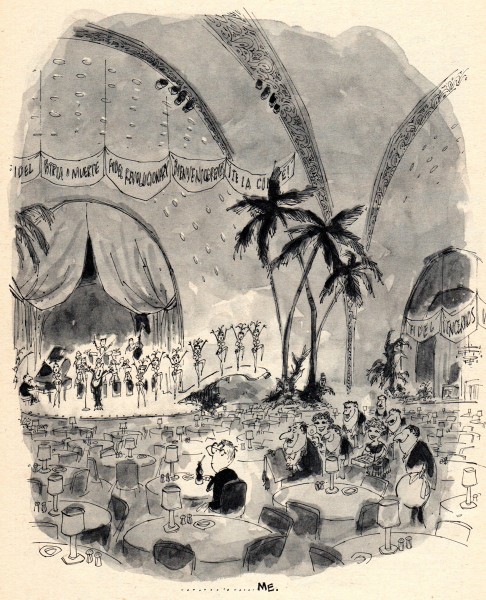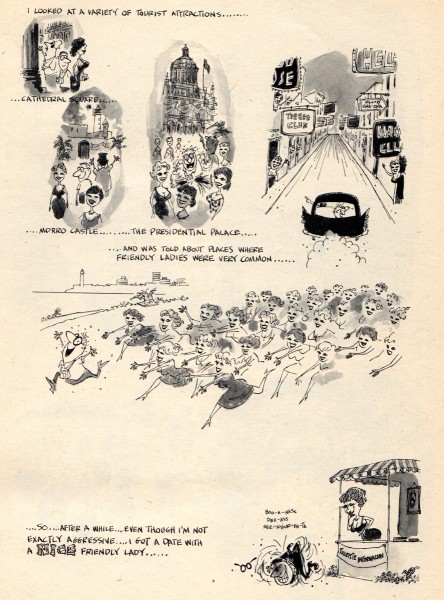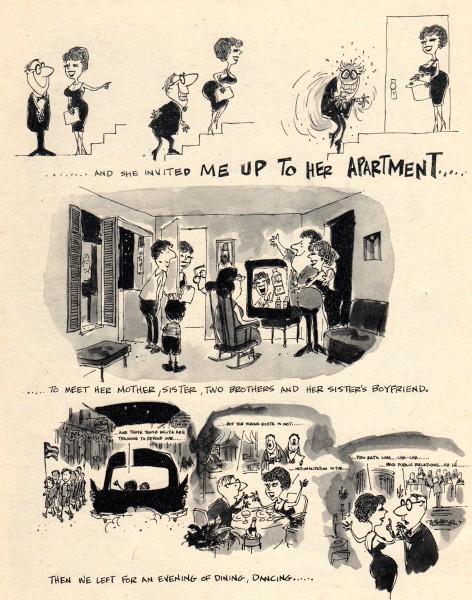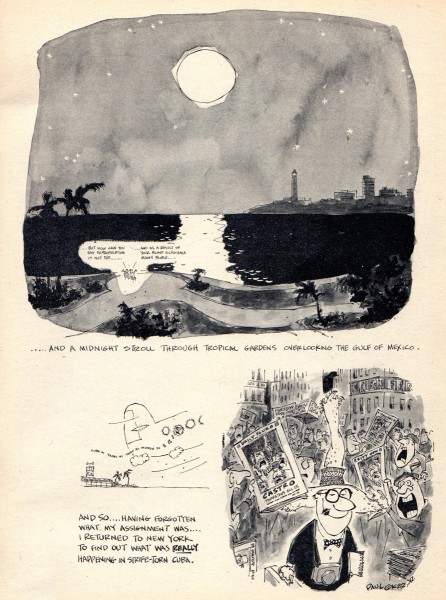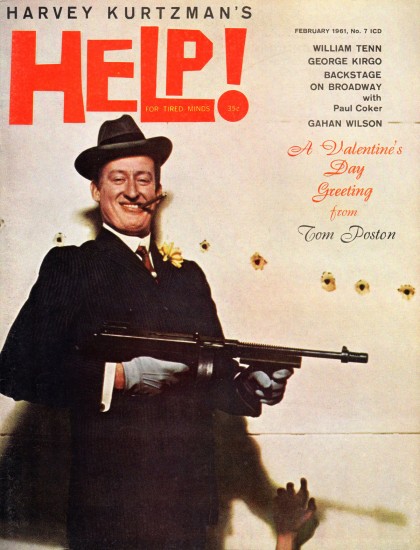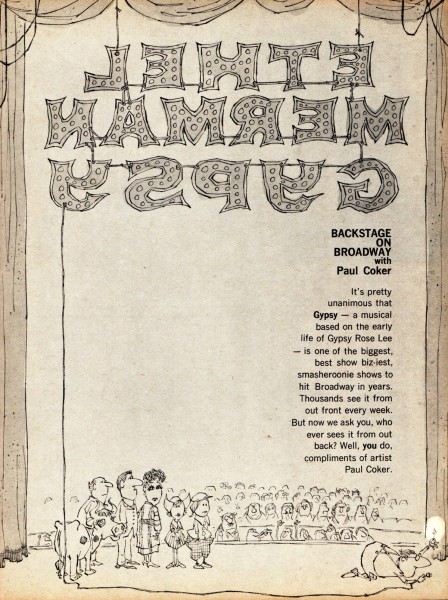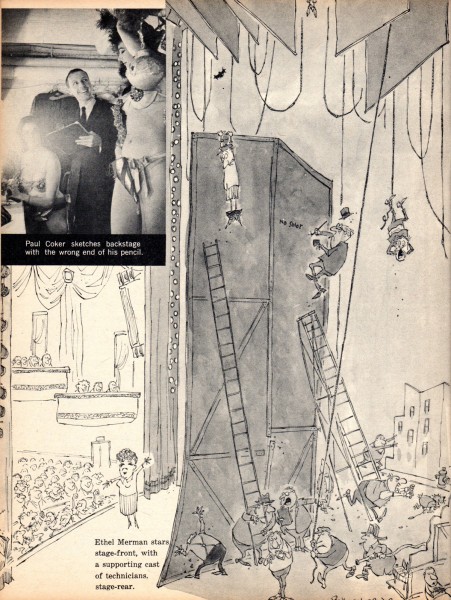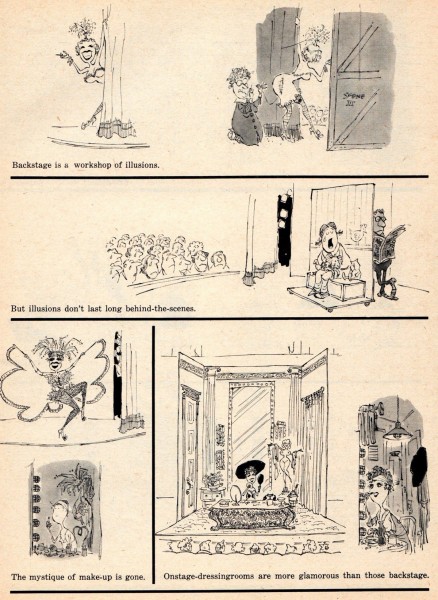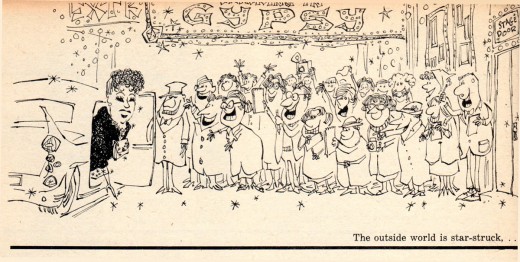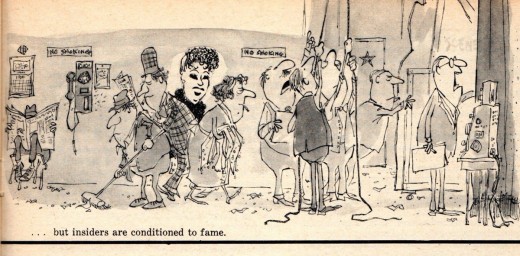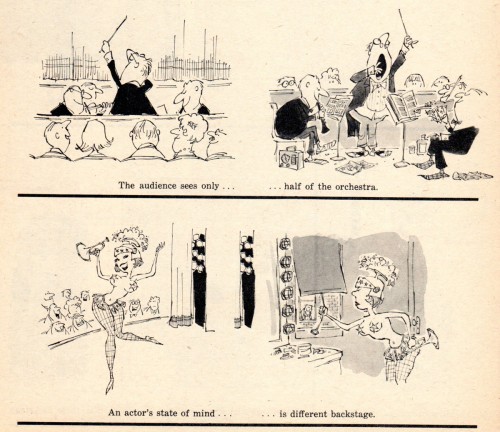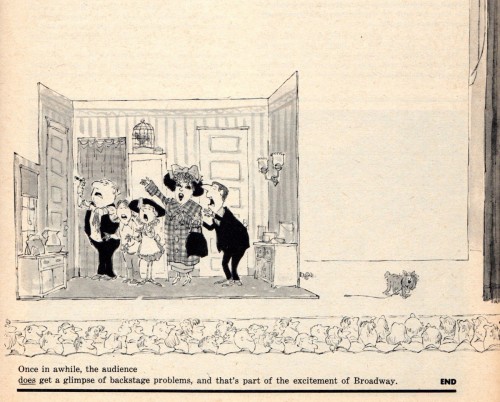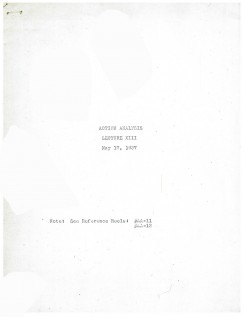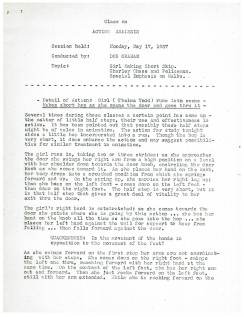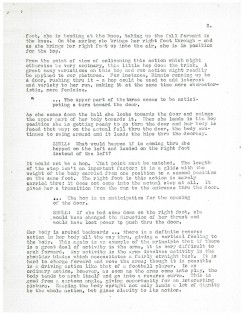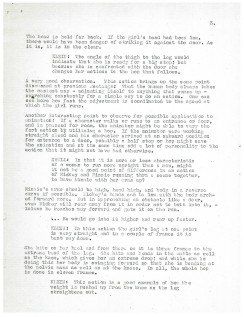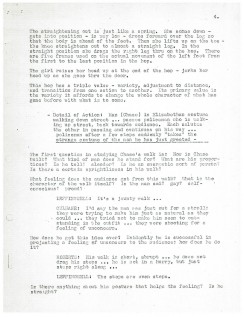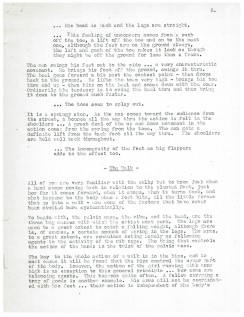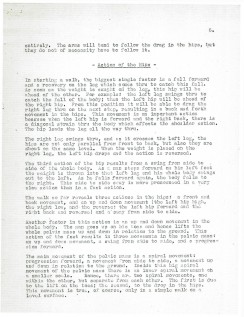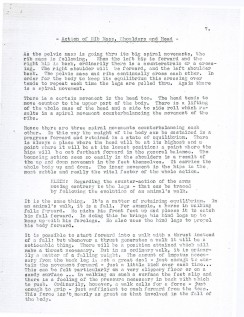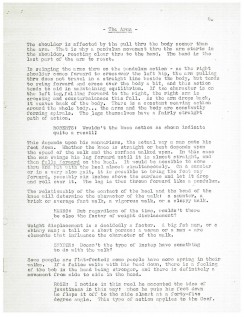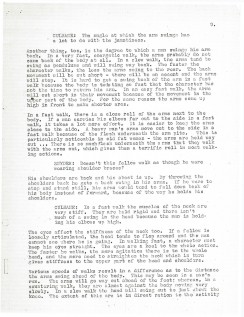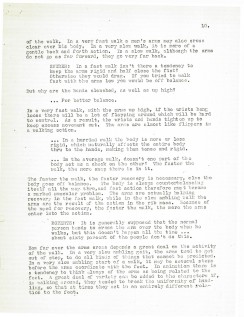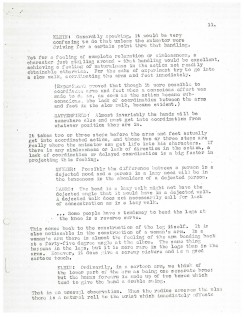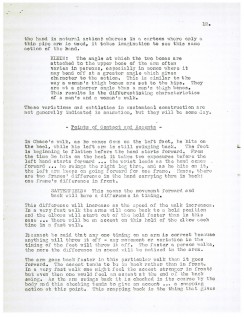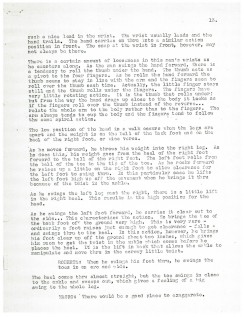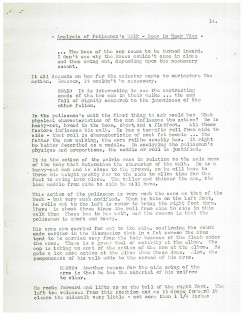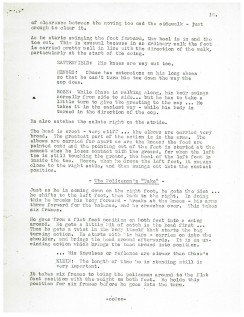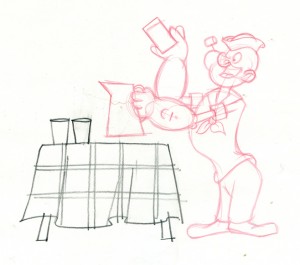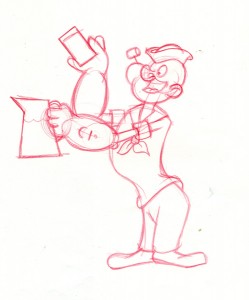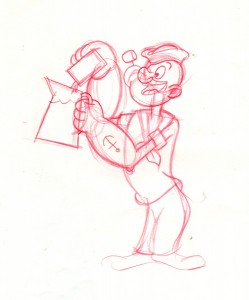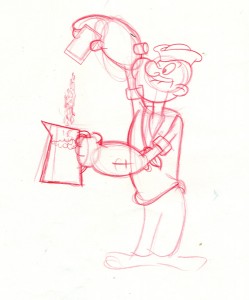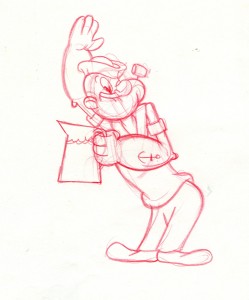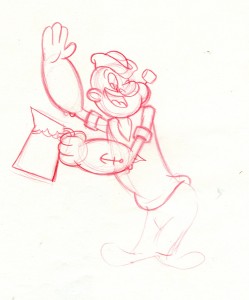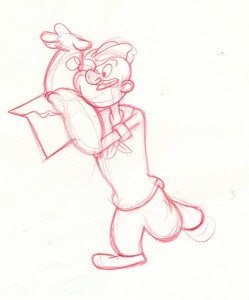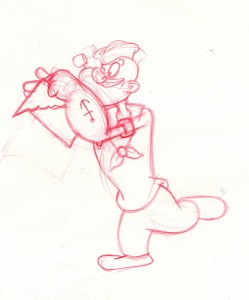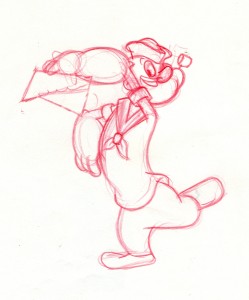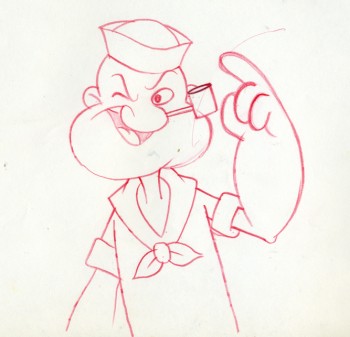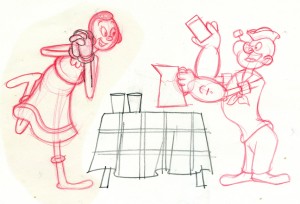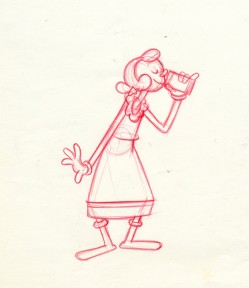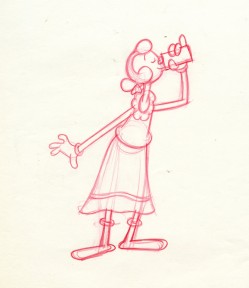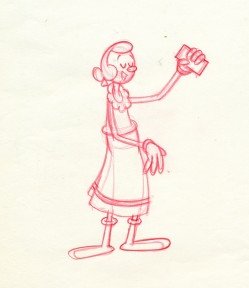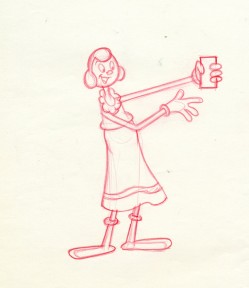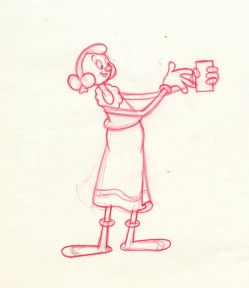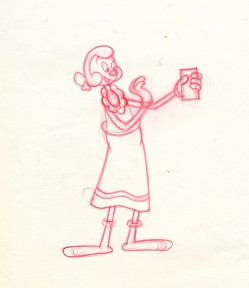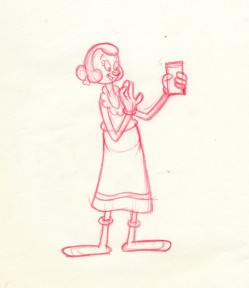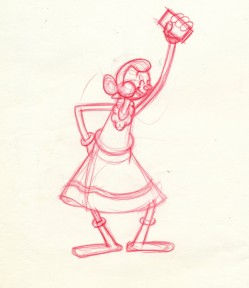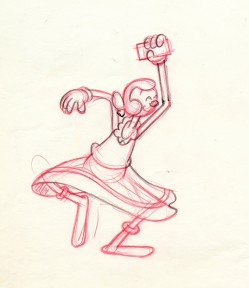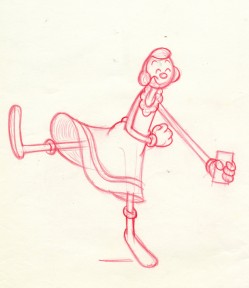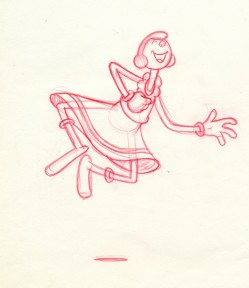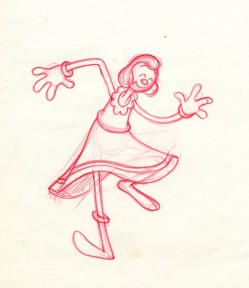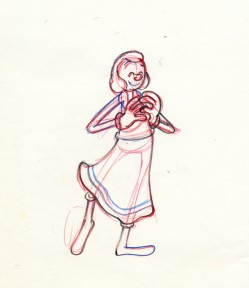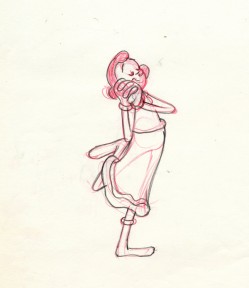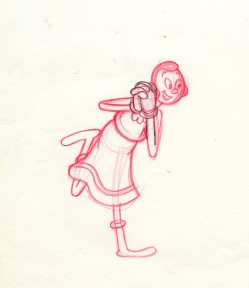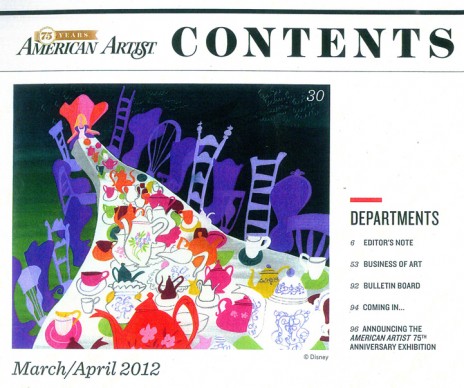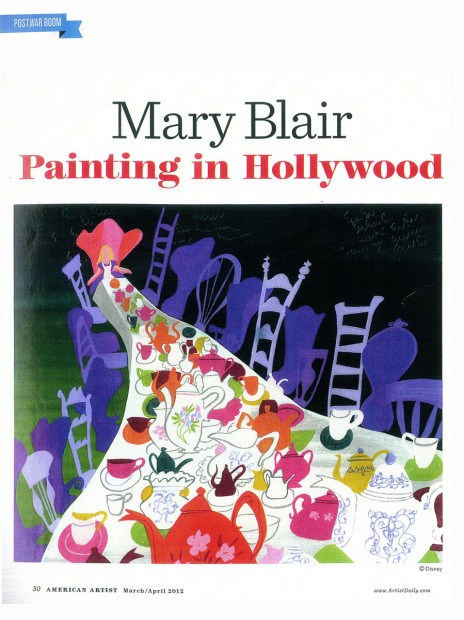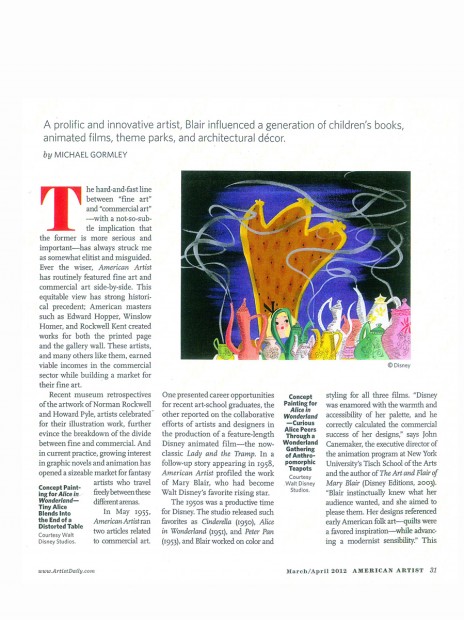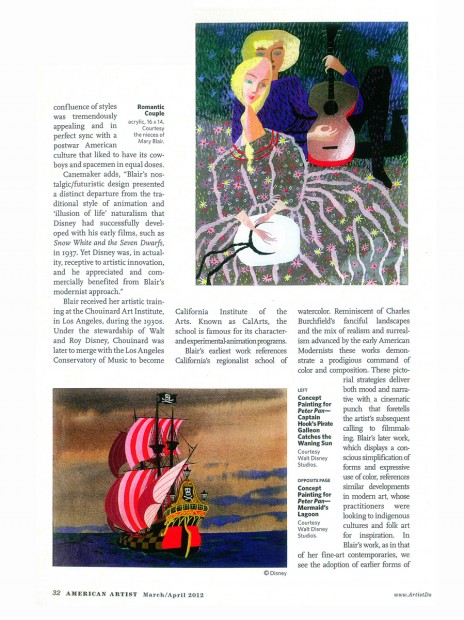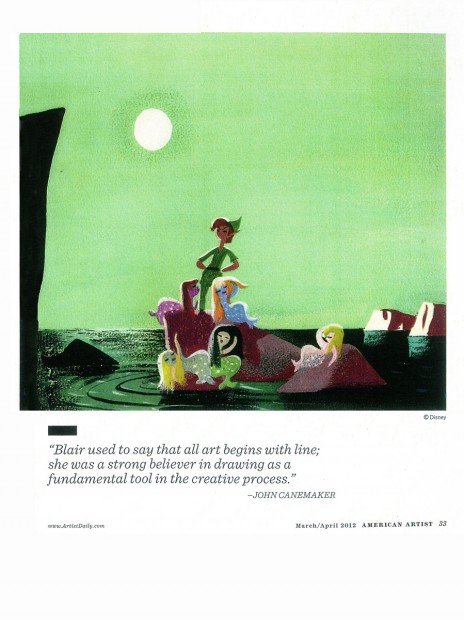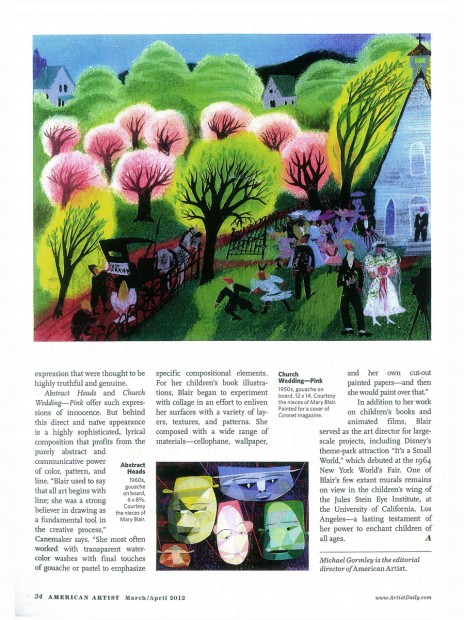Happy Easter
_________________________
The Move
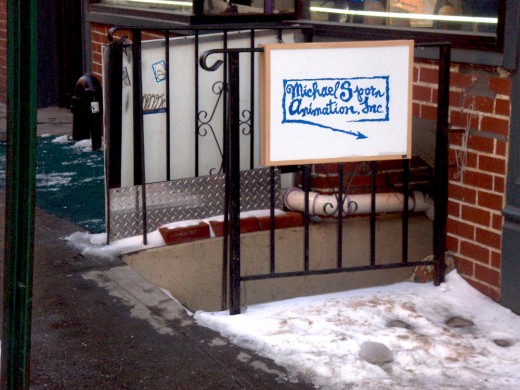 - It’s a week later, and the move out of the Bedford Street studio is done. Most of the furniture, artwork and computers have been put in storage. It was a big decision to have made and done quickly and expeditiously. It was also a touch traumatic. Giving up the space wasn’t easy. I’d been thinking of doing it for the past year, and the inevitable had to happen. I realized that only a couple of weeks ago.
- It’s a week later, and the move out of the Bedford Street studio is done. Most of the furniture, artwork and computers have been put in storage. It was a big decision to have made and done quickly and expeditiously. It was also a touch traumatic. Giving up the space wasn’t easy. I’d been thinking of doing it for the past year, and the inevitable had to happen. I realized that only a couple of weeks ago.
So now I’m working out of my home and will also be occupying a desk alongside Candy Kugel at her company Buzzco; she’s given me access to her facilities. That will get me out of my house and make my days a bit more interesting. Lest there be any doubt, Michael Sporn Animation, Inc. still exists, and in fact we’re currently working on a spot for AARP with Bob Blechman. That’ll be done in the next week. Matt Clinton is doing his part out of Michigan, while I work in the City.
A couple of big thank you’s for the move have to go out to two great friends. The move could not have happened without the back breaking work of Stephen MacQuignon. What a guy he is; I just can’t say enough about him. Bridget Thorne was also essential in getting it going and boxing up so many damn books. She was the vision behind the move. Of course, Heidi Stallings, my wife, was there all the way with me making sure I didn’t push too hard. Thank you to all three of them.
_________________________
Kickstarter
- I’m haven’t surrendered to Kickstarter after not reaching the enormously high goal I’d set for myself. I’m hoping to start anew in the next week or so, but this time I’ll be using Indiegogo. It seems much more reasonable in the way they’re set up. Of course, I’ll reach out and let you know when I’ve got it going. I want to get started on POE‘s opening and have been working by myself, for now, on that. Any moneys I can generate through such a device would be glorious.
_________________________
Mort Schindel

Mort Schindel & Gene Deitch
- Gene Deitch on his site, gene deitch credits, has an absolutely great piece about Morton Schindel. Schindel was the smart entrepreneur who set up Weston Woods in the 1950s, and he deserves more attention in the business. His company has thrived for more than fifty years doing quiet films based on well-known children’s books. Deitch got a firm foothold of a customer with Weston Woods, and I got my real start as a studio with a couple of films from the Schindel, and the guy who actually runs the production now, Paul Gagne.
I knew that the early WW films were shown on Captain Kangaroo, but I wasn’t aware that Gene Deitch was responsible for that happening. It’s a good little piece of history worth reading.
_________________________
The Beauty of Bambi
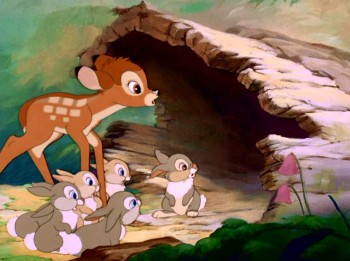 -With the recent introduction of their new cable channel, Disney Junior, Disney has been screening a number of the early animated features on the channel. I happened to catch Bambi yesterday. Of course, it’d have been easy for me to just put in the DVD, but somehow accidentally coming upon the film makes it hard to pass up. Considering how immersed I’ve been in the UPA films and the Miyazaki canon, it always brings you back to ground zero when you see one of these early Disney masterpieces. They can’t be beat. Bambi, in particular challenges any notions of modern art with Tyrus Wong‘s stunning Backgrounds and design. The Bgs turn almost abstract at times. When the deer on the meadow are running away, for fear of man, the animals turn wildly brilliant colors. It caught my eye the first time I saw the film, as a child, and I still look for it.
-With the recent introduction of their new cable channel, Disney Junior, Disney has been screening a number of the early animated features on the channel. I happened to catch Bambi yesterday. Of course, it’d have been easy for me to just put in the DVD, but somehow accidentally coming upon the film makes it hard to pass up. Considering how immersed I’ve been in the UPA films and the Miyazaki canon, it always brings you back to ground zero when you see one of these early Disney masterpieces. They can’t be beat. Bambi, in particular challenges any notions of modern art with Tyrus Wong‘s stunning Backgrounds and design. The Bgs turn almost abstract at times. When the deer on the meadow are running away, for fear of man, the animals turn wildly brilliant colors. It caught my eye the first time I saw the film, as a child, and I still look for it.
The beauty of some of the animation cannot be challenged, and the airbrushed coloring is stunning. Looking at some of the simple and direct multiplane setups one can only sit in awe. There’s a bit of randomness that has to take over with the multiplane camera, and that brings a touch of life to these camera moves. A good example is the very last scene of the “April Showers” sequence with the camera making a very slight move down and a pull out to reveal Bambi and his mother in the larger forest. The out of focus elements shift to in-focus, and it’s beatuiful. Even watching this film with the advanced use of the computer to composite such films today, the production work can’t be beaten or matched.
We’ll never see the likes of the pre-1942 films again. Snow White, Pinocchio, Bambi, Fantasia and even Dumbo are in a class of their own and will never be matched again. And here they are running on Disney Junior, the toddler’s channel. It’s always good to go back to these films to get a good sense of animation-history reality.
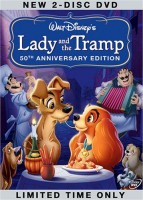 - The DVD of Lady and the Tramp includes some preliminary artwork for the film. I collected a bunch of it and am breaking it into a couple of posts. It’s easier to read off a blog than a tv screen, especially when the DVD tries hard to reduce them to the smallest size they can muster within an overworked border that is virtually pointless.
- The DVD of Lady and the Tramp includes some preliminary artwork for the film. I collected a bunch of it and am breaking it into a couple of posts. It’s easier to read off a blog than a tv screen, especially when the DVD tries hard to reduce them to the smallest size they can muster within an overworked border that is virtually pointless.